The ideal hummingbird house should be attractive and useful. This understanding can only come from appreciating their rare nesting habits. Our guide contains all the necessary information to make your garden a paradise for hummingbirds.
Understanding Hummingbird Nesting Habits
Hummingbirds do not nest inside holes; instead, they use branches as perches on which to build nests and often prefer delicate ones within forks. They seek well-camouflaged locations to protect their nests from predators. Using this knowledge, we designed a hummingbird house that incorporates seclusion and privacy.
Why Build a Hummingbird House?
Creating a hummingbird house involves much more than providing them with a place to nest; it means designing an atmosphere that encourages these enchanting birds to linger around. Let us look at the benefits.
Benefits of Having a Hummingbird House
Besides, you will find out that having one offers your birds safe nesting spots, protection from predators, and refuge for songbirds. What’s more, this will enhance pollination for your garden and bring nature’s beauty into your home.
Materials Needed
To build a hummingbird house, gather the following materials:
- Water Balloon: Serves as the mould for the nest form.
- Old Newspaper: Ideal for creating the papier-mache structure.
- Papier-Mache Paste: Acts as the adhesive for the newspaper strips.
- Awl: Used to create small holes if necessary.
- Glue: Helps attach the nesting materials to the nest form.
- Nesting Materials: To give the house a natural look, include silk leaves, plant fibres, leaves, down, feathers, or fuzz from leaves.
You May Also Like: Hummingbird Dreams: Symbolism and Significance
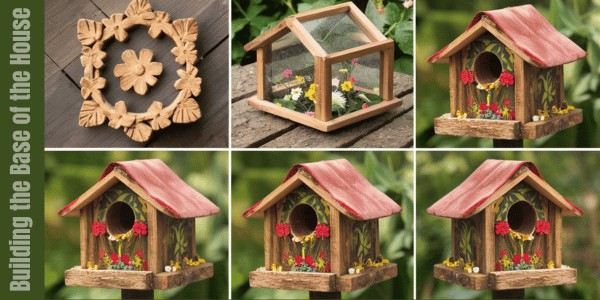
Building the Base of the House
Step 1: Inflate the Water Balloon
Begin by inflating a water balloon to no more than 6 inches in diameter. This site is crucial as it mimics the small, cosy environment hummingbirds prefer for their nests. Overinflating the balloon can lead to a nest form that is too large and unappealing to hummingbirds.
Step 2: Prepare the Newspaper
Tear the newspaper into 1-inch strips. These strips will form the structure of your hummingbird house. Tearing the paper by hand rather than cutting it ensures the edges are rough, which helps them adhere better when applying the papier-mache paste.
Step 3: Apply Papier-Mache Paste
Dip the newspaper strips into the papier-mache paste, ensuring they are fully coated but not overly saturated. The paste should be sticky enough to hold the strips together but not so wet that it drips excessively. Applying the right amount of paste ensures a solid yet flexible nest form.
Step 4: Form the Base
Apply the strips to the balloon, shaping it into a bowl-like form. Avoid making the sides too sturdy, as hummingbird nests need to be flexible enough to accommodate growing hatchlings. Focus on creating a sturdy bottom part.
Step 5: Remove the Balloon
Once the papier-mache has dried completely, pop the balloon and carefully peel it away from the nest form. This leaves you with a lightweight, bowl-shaped structure that resembles a natural hummingbird nest. Ensure the form is dry and stable before proceeding to the next steps.
You May Also Like: What Color Attracts Birds To a Bird Bath?What Birds Love
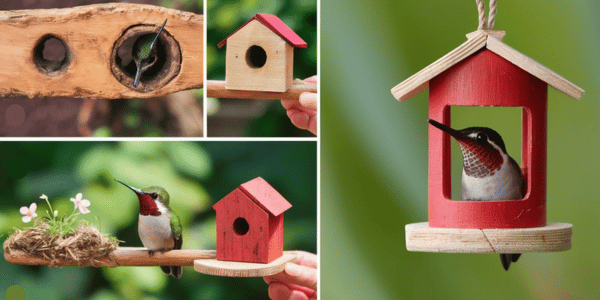
Making the House Attractive to Hummingbirds
To encourage hummingbirds to your handmade home, it must be as realistic and welcoming as possible.
Step 1: Add Nesting Materials
Glue a few nesting materials to the base to give the nest form a more natural appearance. Hummingbirds use various materials for their nests, including:
- Twigs: Provide structure and stability.
- Plant Fibers: Offer flexibility and comfort.
- Leaves: Help with camouflage.
- Fuzz from Leaves: Adds softness.
- Spider Silk: Used for binding the nest together.
- Lichens and Moss: Enhance camouflage.
- Feathers or Downy Substances: Add insulation and comfort.
Applying these materials helps create a familiar environment that attracts hummingbirds.
Step 2: Interior Nesting Materials
Place some nesting materials inside the nest form. This step is minimal since hummingbirds prefer to do their own “interior decorating.” Adding just a few materials can help jumpstart the nesting process, making the house more appealing.
Step 3: Position the House
Fit the hummingbird house between the forked branches of a tree. Use a little glue to secure the home in place, then cover the glued part with leaves or silk to make it look natural. The placement of the house is critical.
Research the common hummingbird species in your area to determine the appropriate height for your house, which can range from 5 to 90 feet above the ground. Ensure the home is sheltered from direct sunlight, wind, rain, and predators. Hummingbirds prefer secluded spots that provide protection and privacy.
You May Also Like: The Top 5 Yellow-Breasted Birds in Texas: A Detailed Guide
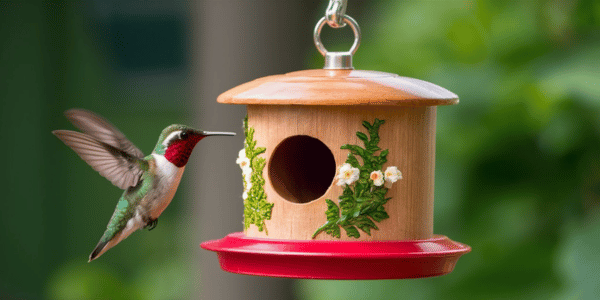
Creating a Hummingbird-Friendly Environment
Plant Nectar-Rich Flowers
Hummingbirds are attracted to flowers like trumpet honeysuckle, hummingbird sage, and bee balm. They prefer red or orange flowers and will avoid hybrids or exotic species. By planting these flowers, you can create a reliable food source for hummingbirds.
Install Feeders
In addition to natural food sources, use feeders to attract hummingbirds. Ensure the feeders are clean and filled with fresh nectar.
Tips for Long-Term Success
To keep hummingbirds in your garden, always have a varied and rich food supply. They are clever birds and will come back every year and visit the same place to obtain food. Having blooming flowers all year round will also keep your garden looking fresh.
Conclusion about Build the Perfect Hummingbird House
Building a hummingbird house that meets their specific needs can be a rewarding experience. By understanding their nesting habits and creating a conducive environment, you can attract these beautiful birds to your backyard.
FAQs about Build the Perfect Hummingbird House
Q1: Can I use recycled materials for a hummingbird house?
Yes, provided they are safe and untreated. This makes tin wood great due to its eco-friendliness.
Q2: How can I make my hummingbird house more attractive?
Use bright, non-toxic paints on it and place the aviary next to nectar-rich plants near a water pool.
Q3: How often should I clean my hummingbird house?
Every few weeks during breeding season so as not to compromise on safety or attractiveness.
Q4: What size should the entrance hole be?
The hole should be about 1.5 inches wide in order to take in tiny hummingbirds.
Q5: Can I leave the hummingbird house out during winter?
Yes, but inspect it for damage and ensure it is still secure. Some species may find the helpful box even during frosty weather.
Q6: What types of flowers attract hummingbirds?
In addition, trumpet honeysuckle, bee balm, and hummingbird sage have lots of nectar, too, which will also attract them, but they prefer red or orange flowers over hybrids or exotic species.
Q7: Where should I place the hummingbird house?
Put it between the forks of branches of a tree, from 05 to 90 feet above ground level, protected from sunlight, wind, rain, dew, and enemies.
Q8: Why do hummingbirds prefer open nests?
Hummingbirds prefer open nests on thin branches and often forks of trees because such locations offer good hiding places and protect them from predators.
Q9: How can I protect the hummingbird house from predators?
Use natural materials that blend well with the environment and place them in a hidden place. Don’t go to areas where enemies can quickly get to you.

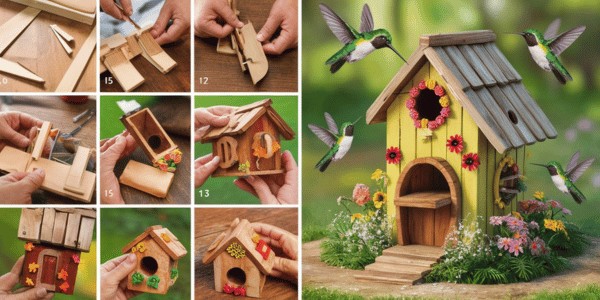





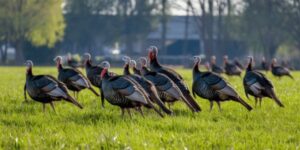

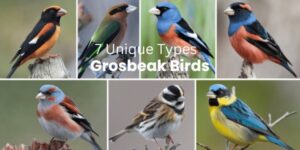


2 Responses